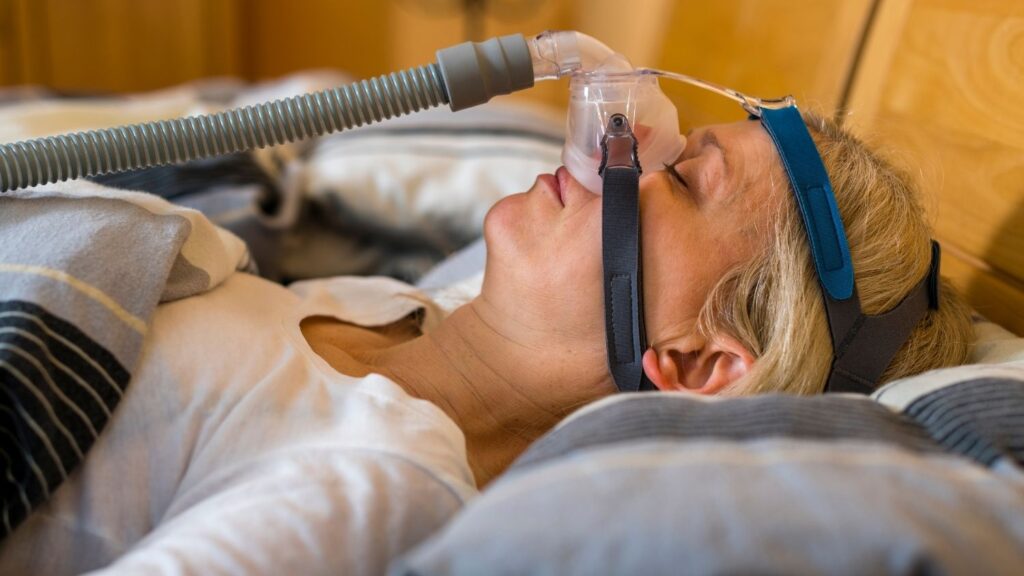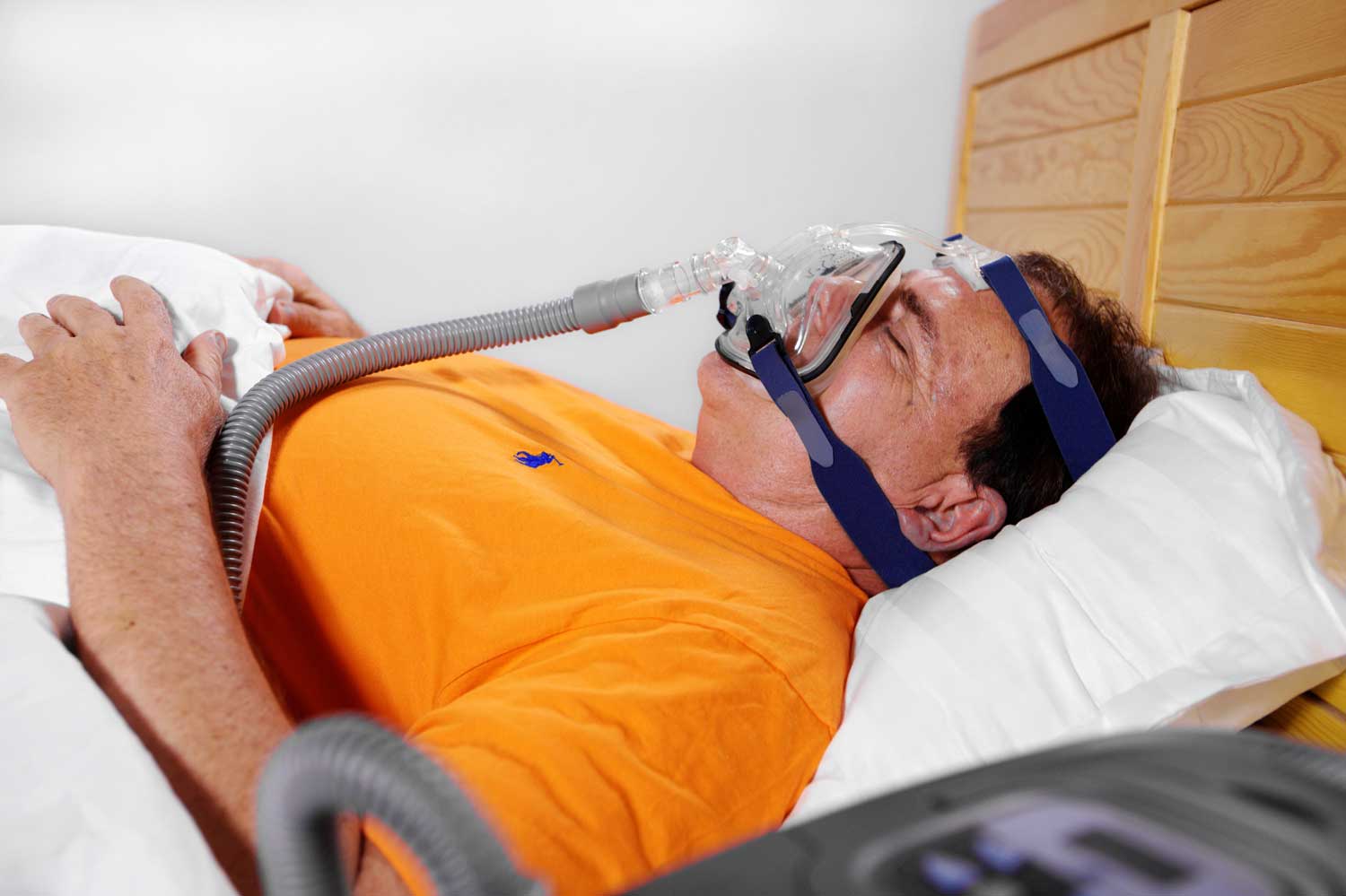Even if it’s still winter, cleaning doesn’t have to wait until the warmer months. Keep your equipment clean, particularly if you use CPAP masks. After all, it continuously forces air through your body at night. In order to maintain it in good condition, you need regularly perform the following:
Cleaning of CPAP once per day
To prevent the growth of germs, empty the water chamber of the CPAP humidifier and drain any extra water from the tubing. Thoroughly clean the inside of your cpap mask using the convenient CPAP masks wipes. Finally, make careful to clean out the surface of your CPAP machine once each day since it’s quite easy for bacteria to accumulate there. Learn more how to deal with irritation that come from CPAP masks.
Weekly CPAP masks maintenance
About once per week, give your CPAP mask, tubing, and reusable filter a thorough bath in warm, soapy water. Before using it again, let it completely dry. The greatest results are obtained when using gentle soaps, such as baby soap, Dove, or Ivory.
Cleaning of CPAP once per month
Once a month, we advise you to clean down the complete machine with warm water. That entails pulling it up, cleaning the humidifier’s inside as well as the bottom where it had been resting on the nightstand. Replace your disposable filter, and then.
3-6 month replacement for CPAP masks
We advise replacing your CPAP masks tubes every three months and your CPAP masks every six months for hygienic and functional reasons. Check your insurance and take advantage of this regular replacement if you are qualified, which you are with the majority of insurance policies.
Machines that use continuous positive airway pressure (CPAP) must be cleaned often to stop the development of germs. Despite varying device instructions, people may often clean CPAP devices using water and mild cleaners. Furthermore, while automated CPAP cleaners are offered, the Food and Drug Administration has not given them the seal of approval (FDA).
When a person has obstructed sleep apnea (OSA), the upper airway airways get clogged while they are sleeping, disrupting both breathing and sleep. Daytime tiredness, loud snoring, and headaches are all signs of OSA. Additionally, it raises the risk of neurological disorders, heart disease, and stroke.
Positive airway devices, such a CPAP machine, may, nevertheless, aid patients in managing OSA.
What CPAP masks are, whether they need to be cleaned, how to clean them, and other topics are covered in this article.
Do CPAP masks need to be cleaned?
An individual’s breathing during sleep is improved by using a CPAP, which forces pressured air into their airways to keep them wide open. Some people may use a humidifier along with their CPAP masks to keep the compressed air wet to prevent their nasal passages from drying out.
A CPAP and all of its components need regular cleaning. This takes time, which has increased demand for automated CPAP cleaners. The FDA, which oversees the production of pharmaceuticals, food, biological products, and medical devices, has not yet given its clearance to any of these cleaning tools.
In 2020, The FDA Trusted Source issued a warning to this effect, advising consumers to clean CPAP masks by hand and in accordance with manufacturer guidelines.

Cleaning CPAP masks
In CPAPs, viruses as well as bacteria and fungus may flourish. Additionally, pollen, allergens, dust, filth, and mold may get inside of them. These pollutants may lead to significant infections in CPAP users if they aren’t removed. They may also cause the appliance to malfunction and emit an unpleasant odor.
The manufacturer’s instructions are the best to follow while cleaning a CPAP. This often entails the use of warm water and a delicate cleaner, such baby shampoo or a light detergent. Additionally, some manufacturers would advise mixing equal parts water and white vinegar.
People should clean the CPAP components listed below:
CPAP machine, humidifier
- A nasal cushion or mask
- tubing
Experts advise using the following routine to clean a CPAP:
Every day:
- Drain the humidifier’s water and replace it with just distilled water.
- Use a mild detergent to clean the nasal pillows or the mask.
Every week:
- Use a gentle towel to wipe the CPAP machine. Never submerge it in water.
- Clean out the humidifier chamber. Take care to air dry.
- Scrub the tubing thoroughly. Allow it to air dry.
- Take apart the nasal cushions, mask, and tubing. Afterwards, let it air dry.
- Wash the headwear by hand. Air dry after rinsing.
- If the gadget has a reusable sponge-like filter, wash it.
Some experts advise daily cleaning with hot water and soap of the mask, water chamber, and tubing. Some advice immersing the water chamber for 10 minutes each day in soapy water.
When cleaning their CPAPs, the American Sleep Apnea Association advises against using the following:
- Abrasive cleaners
- Antibacterial cleaners
- Bleach
- Alcohol-based cleaners

How is a CPAP cleaner put to use?
Automatic CPAP cleaners come in two basic categories: those that utilize UV light and those that use ozone as the active ingredient to clean all the components of the CPAP. However, neither has been given permission by the FDA to clean CPAP masks.
This indicates that the FDATrusted Source lacks any data or proof to support the claims that these particular CPAP cleaners are safe or effective at killing germs. The group has also heard claims that some persons had asthma attacks, migraines, and dyspnea after using an ozone-based CPAP cleaning.
Safety issues and health concerns
The usage of a CPAP might make people sick if it is not kept clean. Bacteria and mold may develop and lead to disease if the water in the CPAP reservoir is not changed often and is not replaced with new, distilled water. It could also make preexisting problems worse. The mask may also result in a skin irritation or illness from repeated contact with the oil and microbes on the skin.
For cleaning CPAPs, the FDA has not approved any automated cleaner. Additionally, ozone-using equipment produced dangerous quantities of ozone gas, according to agency testing. A CPAP machine may not always get enough UV light from cleaning tools that use it to sterilize it.
Last thoughts
People with OSA often stop breathing while they are sleeping. Although it raises the chance of developing chronic health disorders, it may be controlled with CPAP therapy.
CPAP masks need to be cleaned thoroughly and often. The majority of manufacturers advise hand-cleaning various components of the gadget using water and mild cleaners.



